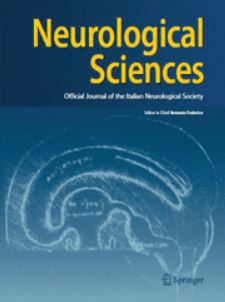
Background: Driving is a complex task requiring the integrity and the cooperation of cognition, motor, and somatosensory skills, all of which are impacted by neurological diseases. Objective: Identification of neurologist’s role when assessing fitness to drive of cognitively impaired individuals. Methods: We performed a systematic review of the guidelines/recommendations (G/Rs) regarding the evaluation of driving fitness of patients with mild cognitive impairment (MCI) and/or dementia. Emphasis was put on the neurological and neuropsychological aspects of the evaluation. Results: Eighteen G/Rs were included in the review (9 national guidelines, 5 recommendation papers, 3 consensus statements, and 1 position paper). All G/Rs referred to drivers with dementia and 9/18 referred to drivers with MCI. A common approach among G/Rs is the initial trichotomization of patients in safe to drive, unsafe to drive, and undetermined cases, which are referred to a second-line evaluator. First-line evaluators are general practitioners in 10/18 G/Rs; second-line evaluators are neurologists in 7/18 G/Rs. Specific neuropsychological tests are proposed in 11/18 G/Rs and relative cut-off values in 7/18. The most commonly used tests are the MMSE, TMT, and CDT. A thorough neurological examination is proposed in only 1/18 G/R. Conclusion: Although extensive multi-disciplinary research has provided useful information for driving behavior of cognitively impaired individuals, we are still far from a widely accepted approach of driving ability evaluation in this increasing population. A comprehensive assessment from a multi-disciplinary team in which the neurologist plays a critical role seems to be required, although this has not yet been implemented in any G/Rs.
| ID | pj204 |
| DOI | |
| Tags | cognitive impairment, driver behaviour, older drivers |







